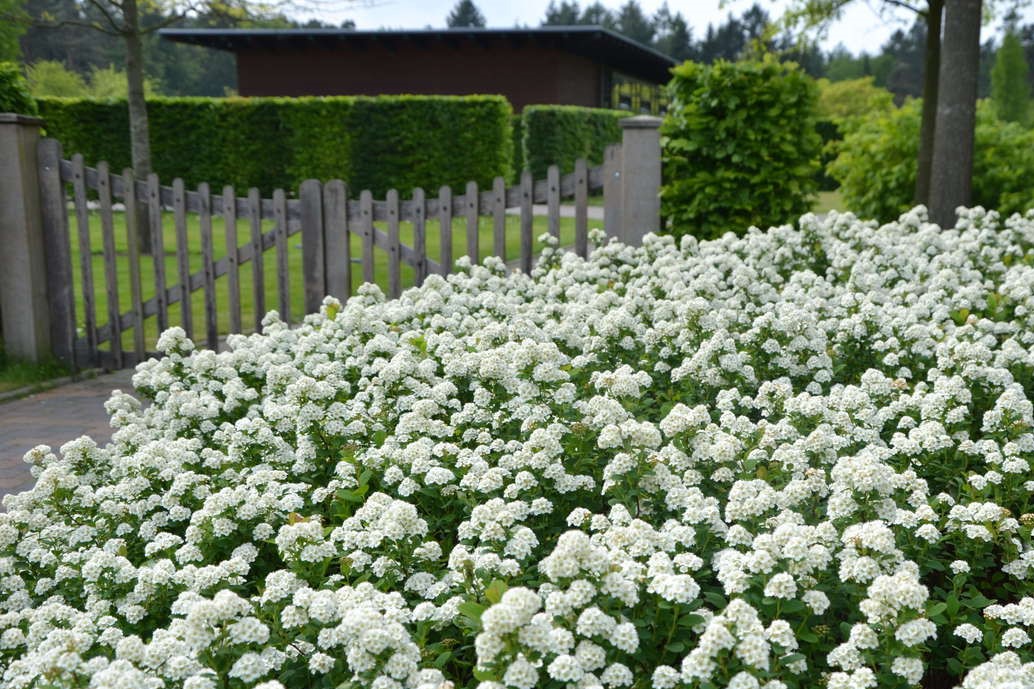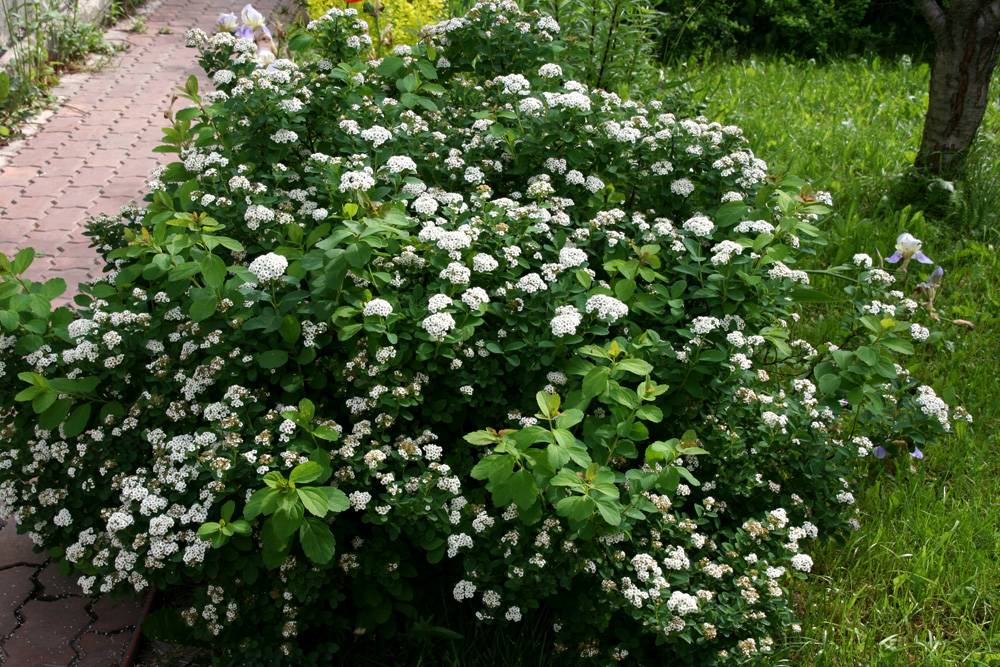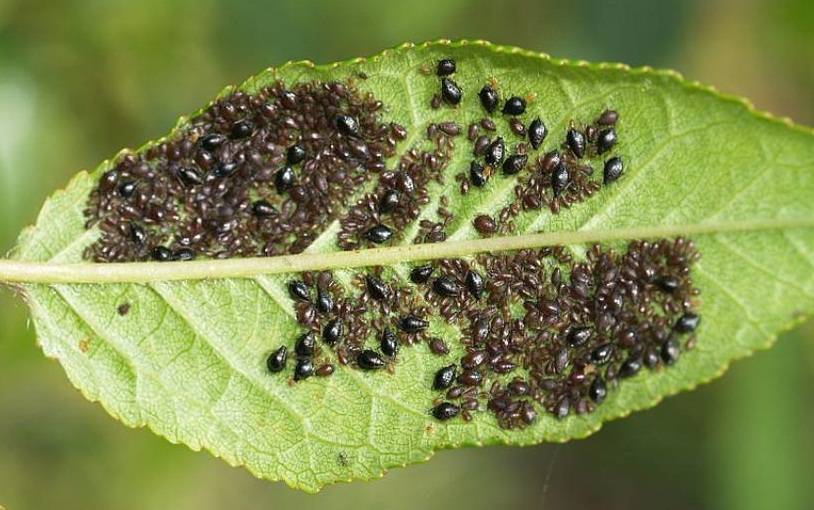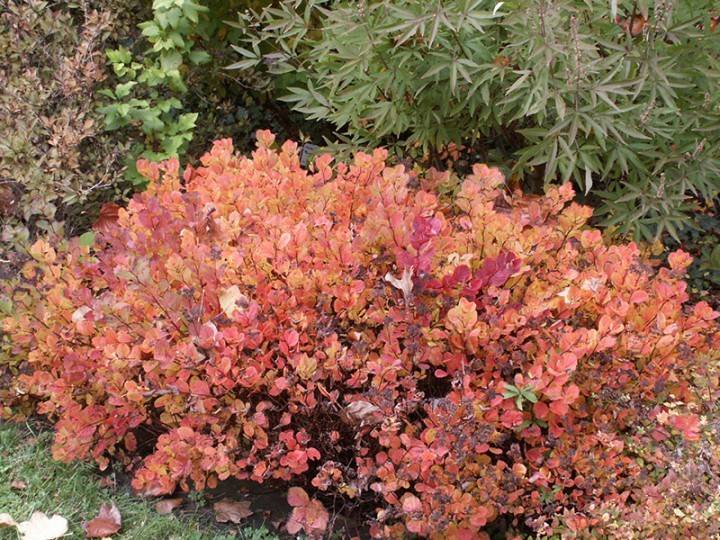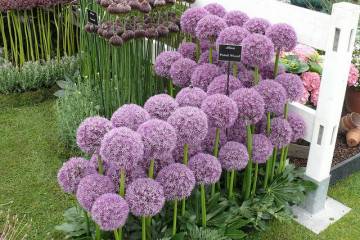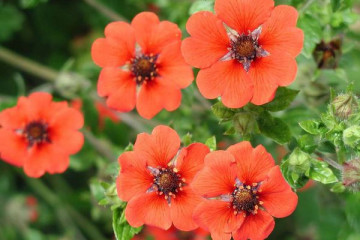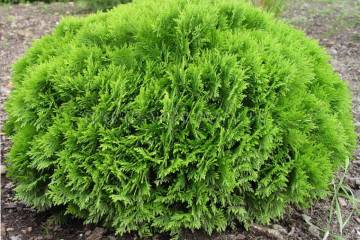Birch spirea - description, planting
Content:
Birch spirea is often found on garden plots and city sidewalks. Each variety differs in the duration of flowering, as well as in shades. The birch-leaved subspecies blooms in the middle of summer and attracts the attention of those around with the beauty of its buds. The rest of the varieties begin to flower in early May.
Description of birch spirea
Spirea is an ornamental shrub culture that can grow in almost any area. The birch-leaved grass got its name due to the similarity of the leaves with the famous tree - birch. The species is widespread in the Far East, Eastern Siberia and Asia. The main part of the population is located in coniferous and mixed forests, near the seas and mountains. The shape of the crown of the plant is spherical.
One of the most famous types of spirea is Thor Gold. Spiraea Betulifolia Tor is a plant up to 1 m high with white flowers that appear in mid-summer. The peculiarity of the Thor Gold spirea is that the leaves change color depending on the season. At first they are light green, with the arrival of autumn, the shade changes to golden, and then turns into crimson. Spirea birch-leaved Thor belongs to the Rosaceae family.
Planting a plant
To grow a plant on your site, you need to know the basic rules regarding planting and caring for a shrub.
Planting from seeds
Spirea Thor is difficult to grow from seeds. This method takes a lot of time and effort. First of all, the quality of the seeds plays a role, otherwise the plant will not even grow.
Seedlings are planted in the spring, having previously carried out antifungal soil treatment. Be sure to grow spirea in greenhouse conditions. When the seeds germinate, the seedlings are transplanted. In winter, the bushes are sent to the greenhouse, and in the spring they are sent to a permanent place.
Planting seedlings in open ground
Before planting a plant in the ground, it is necessary to carefully examine the roots of the spirea. In the presence of rotten or broken roots, they are disposed of with a sharp knife. Long shoots should be shortened by one third. Planting Spiraea Betulifolia or any other variety is performed according to the following scheme:
- A hole is dug 2 times larger than the height of the flower. It is advisable to prepare the wells 2-3 weeks before planting so that it has time to settle.
- Expanded clay or small stones are laid out at the bottom. The drainage layer must be at least 10 cm.
- The prepared soil is filled up.
- A bush is placed in the center of the pit and covered with soil so that the root collar is flush with the ground.
- The pit is compacted and watered.
How to care for birch spirea
The plant is unpretentious in care, therefore, only some basic rules are required.
Watering
Every week, the land around the plant is irrigated and 2 buckets of water are poured under the bush. At temperatures below 10 ° C, watering is completely stopped. Peat is used as mulch, which is poured after moistening the soil.
Top dressing
It is necessary to fertilize the plant 2 times a year.In the spring, a solution of liquid manure is added to the soil, and before flowering, fertilizers based on phosphorus and potassium are added.
Pruning
Pruning birch spirea is a mandatory procedure that allows you to keep the bush neat. Sanitary pruning is done in March-April. It is necessary to cut off old and young shoots up to the first internode. In adult bushes, branches about 25 cm long are left.
Reproduction methods
Reproduction of spirea takes place in three ways. The first one is cuttings. To do this, it is necessary to cut off young shoots that grow straight up in the fall. Then all the leaves are removed, except for a few upper ones. Cuttings are placed in a solution that stimulates root growth for 12 hours. Shoots are planted in the sand at a slight angle. Seedling containers are sent into the soil and covered. In the spring, each stalk is transplanted into the ground separately. In the fall, the prepared plants can be sent to a permanent place.
The next way is layering. First of all, it is necessary to bend the lower shoots to the ground, water and sprinkle with soil. During the season, it is important to ensure that the shoots near the ground are always moist. Layers are sheltered for the winter. In the spring, they are separated from the mother plant and transplanted to a separate place.
Reproduction by dividing the bush is carried out in the autumn. To do this, you need to dig up an adult bush and divide its roots into equal parts. In the future, the plantings should be watered and protected from frost.
Diseases and pests
Birch spirea practically does not get sick, as it has strong immunity. The only enemy of the bush is heavy rains. Due to precipitation, the leaves of the flower are affected by a fungus. In this case, it is necessary to carry out the treatment with a fungicide. To prevent the development of diseases, it is recommended to spray the plant with Bordeaux liquid every spring.
Of the pests, aphids, miner, spider mites are common. With the wrong care, they can destroy the plant in a few months. The presence of parasites is indicated by cobwebs and leaf fall. Various insecticides are used to control pests.
Flowering period
With proper care, flowering begins in June and lasts for a whole month. The color of the flowers is white with a pink tint. The diameter of the bud is from 7 to 10 mm. Flowers gather in dense inflorescences in the form of scutes or panicles.
Preparing for winter
After the foliage has fallen, it is necessary to inspect the branches and remove the damaged ones. These bushes have high winter hardiness, so you do not need to cover them. Peat or humus can be used as a top dressing for the winter. If there is a threat of destruction of the culture by rodents, then they put a special net.
Use in landscape design
Landscape designers often use the plant to decorate facades and create different compositions. Spirea is often used in both pure and mixed variations. Some spireas decorate the hedges of houses.
The shrub is widespread due to its spectacular appearance at any time of the year. Colorful foliage and abundant flowering will not leave anyone indifferent and will be a great addition to the design.
